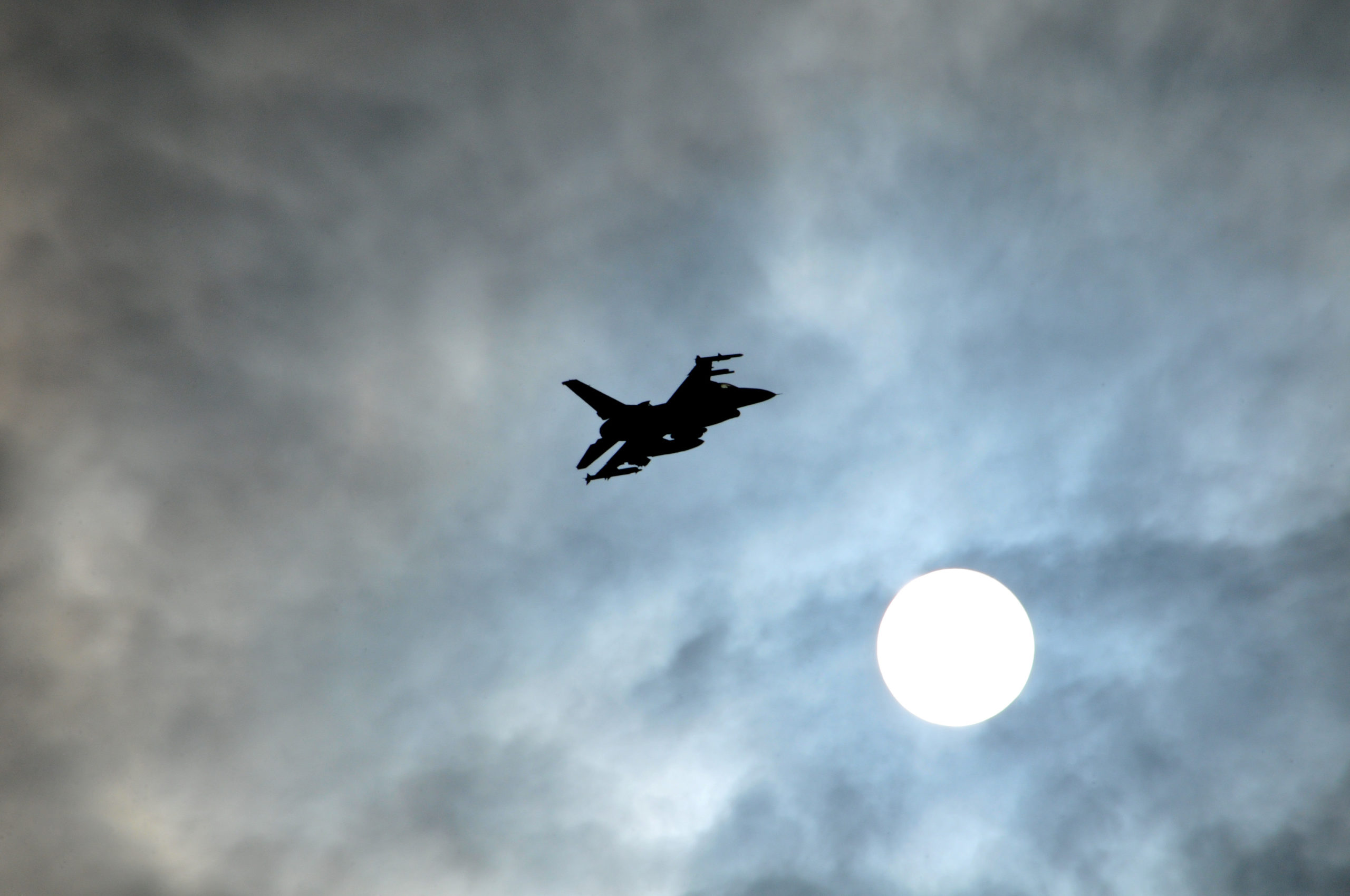A-10 to the Ukrainians? Recent comments by the Air Force secretary suggest a way out for the USAF from A-10 ownership. I just read an article in the New York Times describing this interest.
"U.S. Air Force leaders have raised the possibility of training Ukrainian pilots in the United States and giving Ukraine the American fleet of A-10 Warthog ground-attack planes — an idea that could solve a problem for both countries.
The notion is a classic trial balloon. Air Force Secretary Frank Kendall this week entertained the idea of giving the A-10 planes to Ukraine, while adding that it was still in the discussion phase. Such a plan could make sense. Ukraine needs more air power and more ways to destroy Russian artillery and tanks, and the Warthog was designed during the Cold War for that very purpose. And the Air Force has for years wanted to get rid of the A-10s. That would free up maintenance money for new planes that can be used for multiple purposes, and would be more effective in a possible conflict with China.
But Congress has blocked every attempt to retire the A-10. Under the Obama administration, Defense Secretary Robert M. Gates tried to retire the plane, only to be opposed by Senator Kelly Ayotte, Republican of New Hampshire. Instead of retiring the A-10, Congress approved money to modernize and extend the life of the planes, a project that was completed in 2019. Under Mr. Kendall, the Air Force has once again tried to retire the planes to save money to modernize the military. But the most recent attempt to mothball the Warthog was blocked by Senator Mark Kelly, Democrat of Arizona. While designed to destroy Russian tanks, the Warthog was used in Iraq and Afghanistan to provide support for troops in combat. Air Force pilots would fly the Warthog slowly over the terrain and then open up with its guns on insurgent fighters. Some former officials believe that in Ukraine the Warthog could perform a combination of that role and its original tank-killing mission. In recent months, those former officials have been working with Ukrainian and American officials to discuss the possibility of sending Ukraine at least some of the Air Force's A-10 fleet.
For now, though, any plan to ship Warthogs to Ukraine remains only a suggestion. But there are some indications that sending the planes to Ukraine could appeal to some lawmakers. The House version of the annual defense policy bill would authorize the United States to train Ukrainian pilots on American planes.
This week, Gen. Charles Q. Brown, the Air Force chief of staff, told Reuters that the United States and its allies were examining long-term training plans for Ukrainian pilots. Speaking at the Aspen Security Forum, General Brown said the Ukrainians would have to stop using Soviet-era fighter planes because replacement parts would not be available. General Brown did not mention the A-10, but at a later appearance Mr. Kendall restated his desire to have the Air Force get rid of the A-10s. Asked by the moderator, David Ignatius of The Washington Post, whether the Warthogs could be given to Ukraine, Mr. Kendall appeared to be open at least to the possibility.
"Older U.S. systems are a possibility," Mr. Kendall said. "As Ukraine, which is pretty busy dealing with the right-now problem, tries to sort out what its future will be longer term, we will be open to discussions with them about what their requirements are and how we might be able to satisfy them."
— Julian E. Barnes
What do you think? Would the A-10 offer value to the Ukrainians in an environment rife with MANPADS?
"U.S. Air Force leaders have raised the possibility of training Ukrainian pilots in the United States and giving Ukraine the American fleet of A-10 Warthog ground-attack planes — an idea that could solve a problem for both countries.
The notion is a classic trial balloon. Air Force Secretary Frank Kendall this week entertained the idea of giving the A-10 planes to Ukraine, while adding that it was still in the discussion phase. Such a plan could make sense. Ukraine needs more air power and more ways to destroy Russian artillery and tanks, and the Warthog was designed during the Cold War for that very purpose. And the Air Force has for years wanted to get rid of the A-10s. That would free up maintenance money for new planes that can be used for multiple purposes, and would be more effective in a possible conflict with China.
But Congress has blocked every attempt to retire the A-10. Under the Obama administration, Defense Secretary Robert M. Gates tried to retire the plane, only to be opposed by Senator Kelly Ayotte, Republican of New Hampshire. Instead of retiring the A-10, Congress approved money to modernize and extend the life of the planes, a project that was completed in 2019. Under Mr. Kendall, the Air Force has once again tried to retire the planes to save money to modernize the military. But the most recent attempt to mothball the Warthog was blocked by Senator Mark Kelly, Democrat of Arizona. While designed to destroy Russian tanks, the Warthog was used in Iraq and Afghanistan to provide support for troops in combat. Air Force pilots would fly the Warthog slowly over the terrain and then open up with its guns on insurgent fighters. Some former officials believe that in Ukraine the Warthog could perform a combination of that role and its original tank-killing mission. In recent months, those former officials have been working with Ukrainian and American officials to discuss the possibility of sending Ukraine at least some of the Air Force's A-10 fleet.
For now, though, any plan to ship Warthogs to Ukraine remains only a suggestion. But there are some indications that sending the planes to Ukraine could appeal to some lawmakers. The House version of the annual defense policy bill would authorize the United States to train Ukrainian pilots on American planes.
This week, Gen. Charles Q. Brown, the Air Force chief of staff, told Reuters that the United States and its allies were examining long-term training plans for Ukrainian pilots. Speaking at the Aspen Security Forum, General Brown said the Ukrainians would have to stop using Soviet-era fighter planes because replacement parts would not be available. General Brown did not mention the A-10, but at a later appearance Mr. Kendall restated his desire to have the Air Force get rid of the A-10s. Asked by the moderator, David Ignatius of The Washington Post, whether the Warthogs could be given to Ukraine, Mr. Kendall appeared to be open at least to the possibility.
"Older U.S. systems are a possibility," Mr. Kendall said. "As Ukraine, which is pretty busy dealing with the right-now problem, tries to sort out what its future will be longer term, we will be open to discussions with them about what their requirements are and how we might be able to satisfy them."
— Julian E. Barnes
What do you think? Would the A-10 offer value to the Ukrainians in an environment rife with MANPADS?


